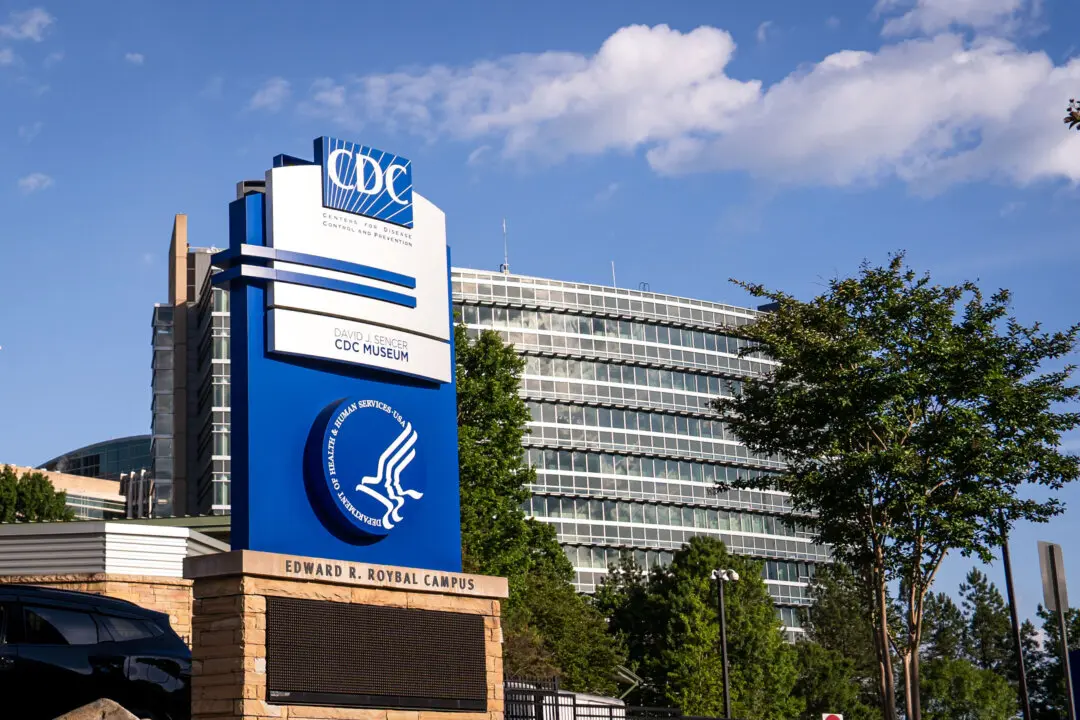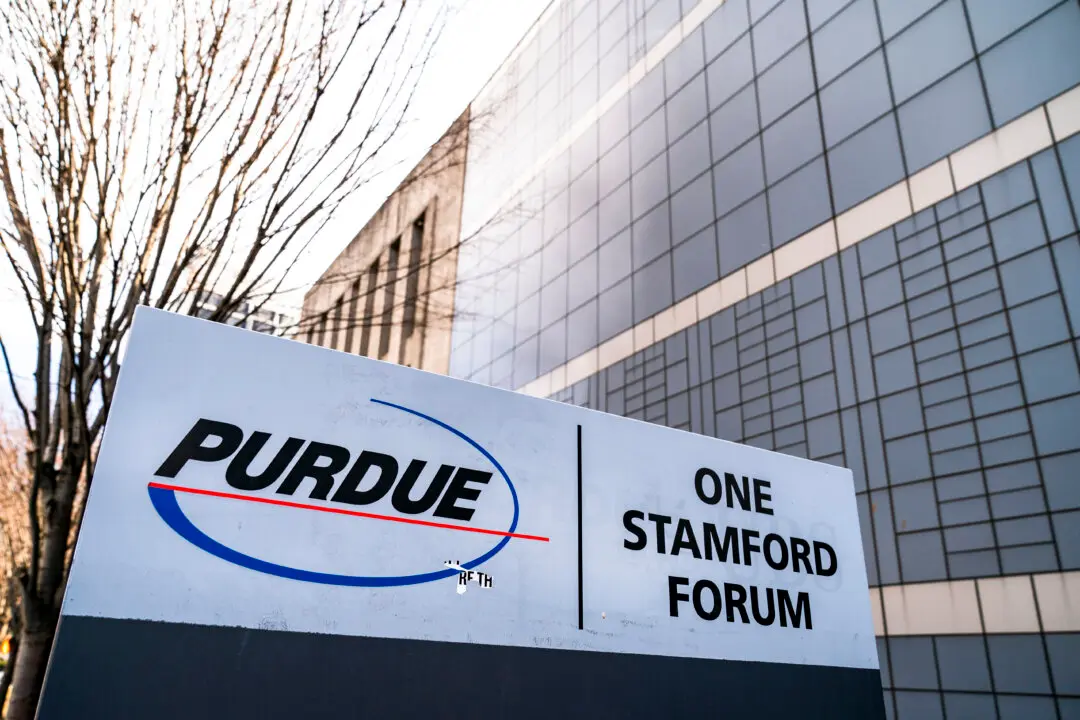In response to backlash over a report on Wendy’s aiming to begin changing its pricing structure in 2025, the fast food restaurant has denied that it would engage in surge pricing.
“Wendy’s will not implement surge pricing, which is the practice of raising prices when demand is highest,” a spokesperson told The Epoch Times. “We didn’t use that phrase, nor do we plan to implement that practice.”





